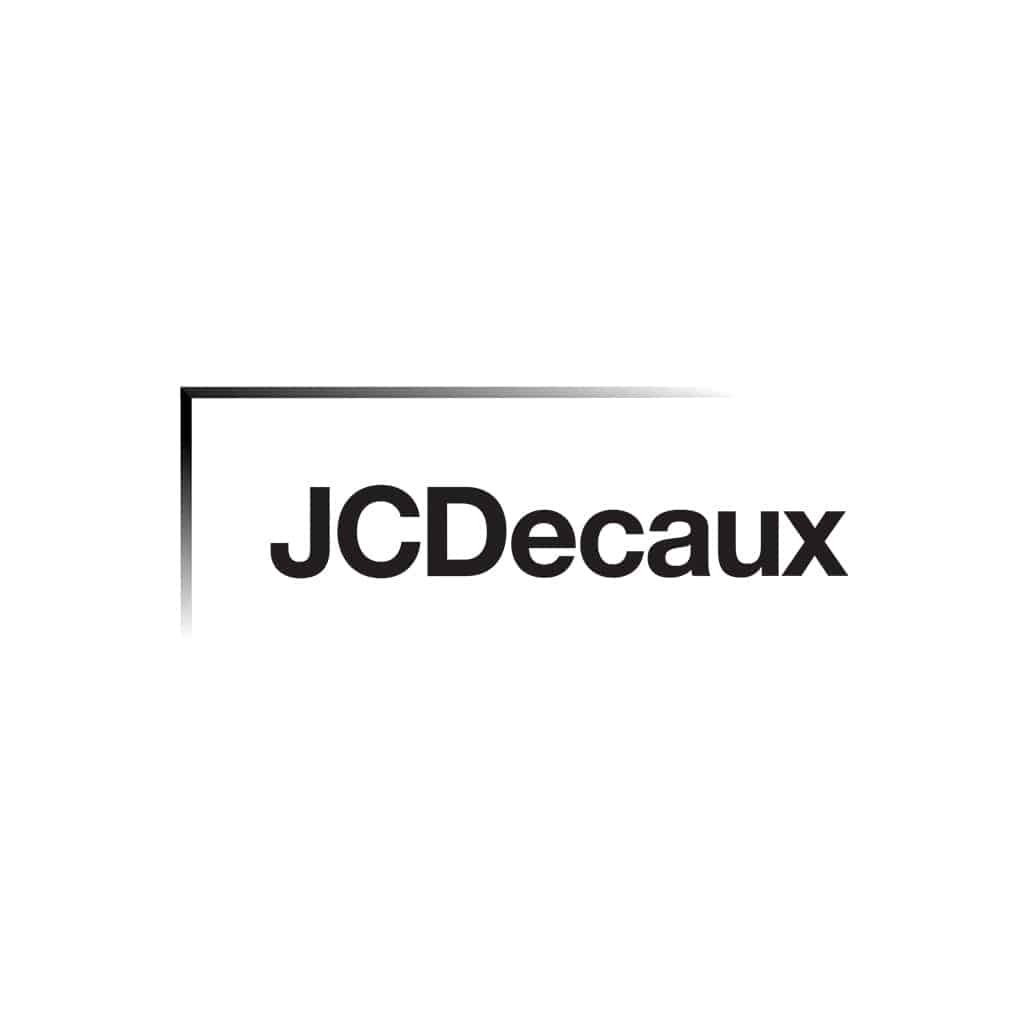The refurbishment of furniture – Emblematic Passenger Shelters*

JCDecaux, leader in outdoor advertising, is giving concrete expression to its ambitions to reduce carbon emissions through its approach to refurbishing furniture, including passenger shelters. This practice consists of giving a second life to furniture by extending their useful life. Offered as part of new contracts (if authorised by the specifications), the refurbished equipment offers significant environmental benefits compared to new furniture.
Main project's drivers for reducing the greenhouse gas (GHG) emissions
Energy and resource efficiency
Energy Decarbonisation
Energy efficiency improvements
Improving efficiency in non-energy resources
Emission removal
Financing low-carbon issuers or disinvestment from carbon assets
Reduction of other greenhouse gases emission
Project objectives
Policies and practices for the refurbishment of its furniture - JCDecaux's emblematic passenger shelters* aim to:
- Significantly minimise the environmental impact (raw material extraction and manufacturing phases of new furniture) and reduce associated greenhouse gas emissions
- Give a second life to the furniture according to the principle of "programmed durability" to allow the products to remain in service over very long periods, up to several decades for a passenger shelter
- Minimise waste: only components that cannot be reused are sent for recycling
- Reduce transport for the delivery of materials
/
Emission scope(s)
on which the project has a significant impact
- Emission scopes
- Description and quantification of associated GHG emissions
- Clarification on the calculation
Scope 1
Direct emissions generated by the company's activity.
Scope 2
Indirect emissions associated with the company's electricity and heat consumption.
Scope 3
Emissions induced (upstream or downstream) by the company's activities, products and/or services in its value chain.
Emission Removal
Carbon sinks creation, (BECCS, CCU/S, …)
Avoided Emissions
Emissions avoided by the activities, products and/or services in charge of the project, or by the financing of emission reduction projects.
Scope 1 – Transport: 2 possible types of renovations to consider:
– On-site renovation-
– Renovation in the workshop
In both cases, transport is taken care of by JCDecaux
Scope 2 – Reduced electricity consumption through LED retrofit, smart lighting & renewable electricity coverage (for every MWh of electricity consumed we buy 1 MWh of renewable electricity via Guarantees of Origin)
Quantities : 296 kg of CO2 saved per bus shelter for ten years of use.
That is, for all the furniture refurbished since 2019 (1392 bus shelters) 412 TCO2 for 10 years of use.
Scope 3 – Purchased goods and services & Capital goods: Minimising the environmental impact of extracting raw materials for the manufacture of new components + the vast majority of pieces are retained, reducing the purchase of new pieces
Waste : the vast majority of pieces are kept and reused, minimising the waste generated
Treatment of products sold at end of life: components that cannot be reused are sent for recycling
Transport and distribution: minimised for the delivery of materials.
Quantities : 2,770 kg of CO2 saved per bus shelter for ten years of use. That is, for all the furniture refurbished since 2019 (1,392 bus shelters) 3,856 TCO2 for 10 years of use.
It can be assumed that the manufacture of a new furniture (bus shelter) results in the emission of 6,661 kgCO2. The refurbishment of used furniture results in the emission of 3,891 kgCO2.
6,661 – 3,891 = 2,770 kg of CO2 saved per bus shelter over a 10-year period.
For all the furniture reconditioned since 2019 (1,392 bus shelters in total), this represents 3,856 TCO2 for 10 years of use.
In addition, the use of renewable electricity (EF: 14 gCO2/kWh*) instead of electricity from the French grid (~60gCO2/kWh) and the reduction in electricity consumption of each bus shelter thanks to LED and smart lighting (344 kWh/year vs. 574 kWh/year) results in a reduction of CO2 emissions of around 29.6 kgCO2/year. For all the furniture refurbished since 2019 (1392 bus shelters in total), this represents 412 TCO for 10 years of use.
*ADEME’s emission factor for onshore wind power, the source of green electricity most used in our purchases via Guarantees of Origin
Key points
Invested amount
Not communicated
Starting date of the project
Practice in place for many years.
Project localisation
The refurbishment of our furniture is a practice deployed in many areas in France, such as the SMTC of Grenoble, the Grand Paris Seine Ouest and the Strasbourg metropolis.
Project maturity level
Prototype laboratory test (TRL 7)
Real life testing (TRL 7-8)
Pre-commercial prototype (TRL 9)
Small-scale implementation
Medium to large scale implementation
Economic profitability of the project (ROI)
Short term (0-3years)
Middle term (4-10 years)
Long term (> 10 years)
Illustrations of the project
6: Clean water and sanitation – the use of water resources is minimised during the operational phase of the bus shelter
7: Affordable and clean energy – the electricity used to power the furniture is from renewable sources
11: Sustainable cities and communities – as a player in the urban environment, JCDecaux’s emblematic* passenger shelters help promote the use of public transport
12: Responsible consumption and production – the refurbishment of passenger shelters allows for the reuse of materials that can be reused. Components that cannot be reused are sorted for processing in the appropriate channels
13: Climate action – reducing carbon emissions and minimising other environmental impacts
As the reductions in the environmental impacts of refurbishment are significant (-42%** in GHG emissions, -30%** in ozone depletion over the entire life cycle of the device studied), this project has a strong potential in terms of climate impact. In addition to this, there are cost advantages that are taken into consideration in the replicability of the project on other types of furniture, and on a larger scale, in our cities.
**Figures based on in-house LCAs assessing the environmental impacts of refurbished versus new emblematic* passenger shelters
The project to refurbish the emblematic passenger shelters* is being carried out internally by JCDecaux and does not involve other partners.
Contact the company carrying the project :
direction.communication@jcdecaux.com

